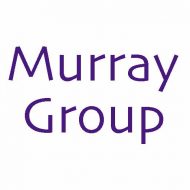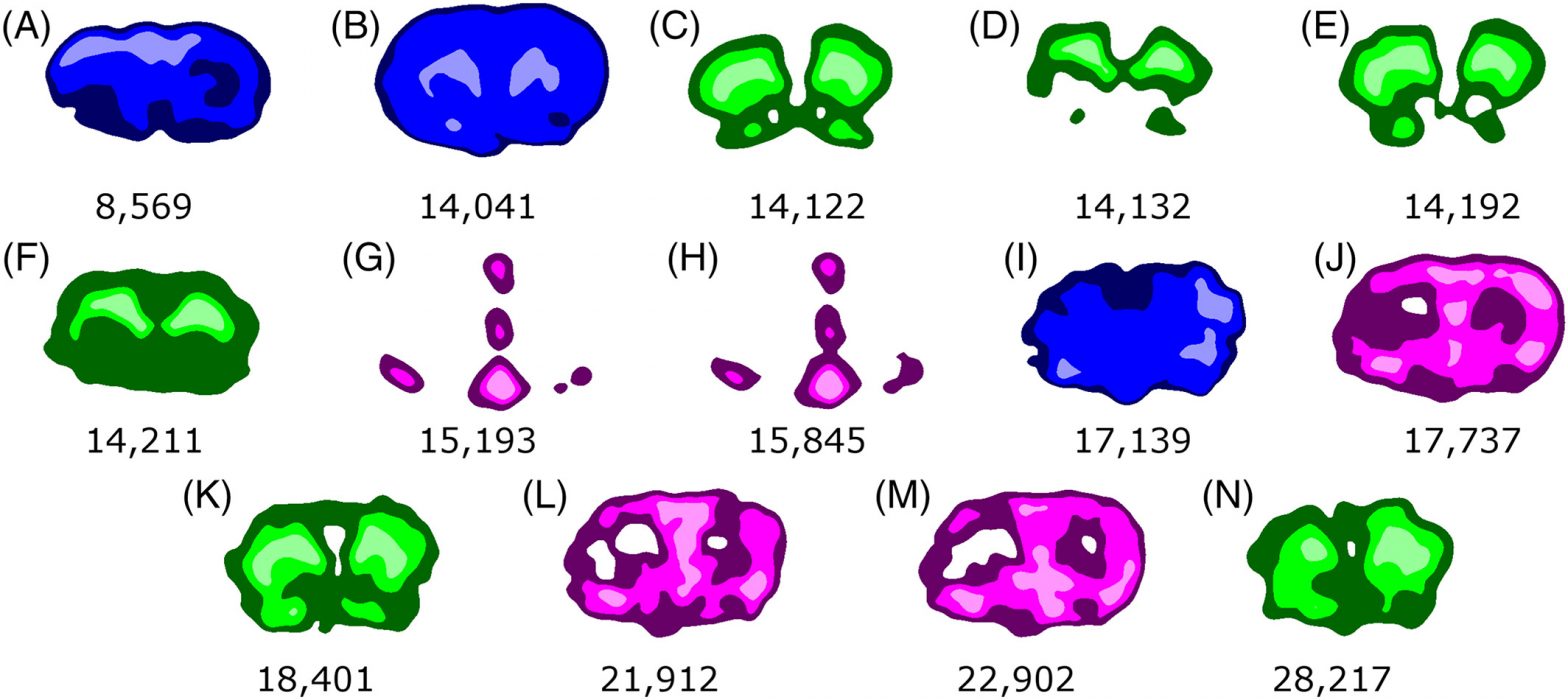National Science Foundation
Infrared Laser Ablation Microsampling for Mass Spectrometry Imaging
- CHE:1709526
- $348,425
- Role: PI
- 8/2017-7/2021
Abstract
This project is funded by the Chemical Measurement and Imaging program of the Chemistry Division. Professors Kermit Murray of Louisiana State University (LSU) and Professor Touradj Solouki of Baylor University are developing techniques for looking at (imaging) biological tissue in order to identify and quantify the biomolecules in the samples. Tissue imaging is often limited to the most abundant compounds and cannot identify important but less abundant molecules that may be key factors for biological function and disease diagnostics. This project uses lasers for direct sampling of tissue as well as precision microdissection for detailed analysis. The ability to localize, identify, and quantify biomolecules in tissue is important to fundamental research and to clinical diagnostics – especially when it is important to monitor the progress of treatment. The outreach program includes a novel, open education initiative creating Web-based resources for education using the visualization tools developed in this research. Educational opportunities are provided to high school, undergraduate, and graduate students. LSU has a strong history of quality mentorship for underrepresented students, especially African Americans. That quality mentorship is continued and advanced in this work.
This project is aimed at the development of a comprehensive approach to mass spectrometry imaging that is quantitative and capable of biomolecule identification. Matrix-assisted laser desorption ionization mass spectrometry imaging is combined with infrared laser ablation sample transfer for liquid chromatography tandem mass spectrometry analysis. The objectives are construction of an infrared laser ablation tissue microprobe, combining MALDI imaging with laser ablation sample transfer, and investigation of the fundamental processes of tissue laser ablation for technique optimization. The educational goals support graduate student training at LSU and Baylor and is promoting collaborative interactions between these institutions. This work has societal benefits through the development of a broadly applicable approach to biological imaging at the molecular level with applications. Education and outreach components of this project involve the development of open resources for mass spectrometry education and research. These components include creating collaborative resources for mass spectrometry on Wikipedia and integration of Human Proteome Organization (HUPO) controlled vocabulary with terminology developed by the International Union of Pure and Applied Chemistry.

